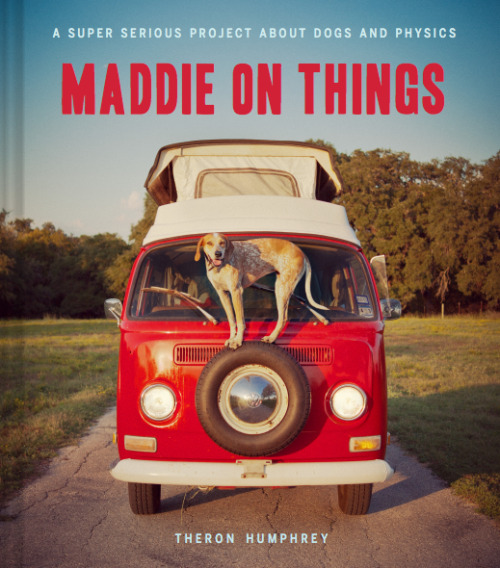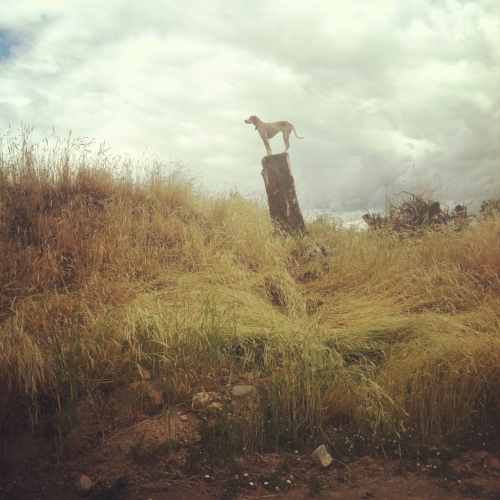Sometimes the world gets too intense, boring, weird or any other thing the world gets too much of. When these things become readily apparent in our every day lives, we like to take a little vacation, to get away from the intensities of existence, the vicissitudes that are intrinsic to being human.
 There are three forms of escapism: TV, Literature, and Hard Drugs. Watching the telly gives many a people great satisfaction and it’s the most accessible form of “getting away”. Turn it on and become an automaton. Literature requires much more <work> but induces a far superior stupor than television and generally the escape made is very well received. Hard Drugs produce a complete escape from reality, one is left thoroughly <gone> and without <work>. The draw to this is undeniable, but the plunge back into reality can be quite harsh, leaving the user only wanting more. Burn out is probable, and often it is the TV/Lit user that is left to maintain the physical state of the reality blasted HD user. You will become a wretch most like. Burnout is inevitable and your TV/Lit friends will leave you. So, in summation the best and safest forms of escape are indeed TV and Literature, of which literature is the triumphant winner.
There are three forms of escapism: TV, Literature, and Hard Drugs. Watching the telly gives many a people great satisfaction and it’s the most accessible form of “getting away”. Turn it on and become an automaton. Literature requires much more <work> but induces a far superior stupor than television and generally the escape made is very well received. Hard Drugs produce a complete escape from reality, one is left thoroughly <gone> and without <work>. The draw to this is undeniable, but the plunge back into reality can be quite harsh, leaving the user only wanting more. Burn out is probable, and often it is the TV/Lit user that is left to maintain the physical state of the reality blasted HD user. You will become a wretch most like. Burnout is inevitable and your TV/Lit friends will leave you. So, in summation the best and safest forms of escape are indeed TV and Literature, of which literature is the triumphant winner.
But sometimes, even for us Lit users, the allure of the automaton is just too great, and you sit down, turn on the television, flip around, nothing, open up Netflix, look around, “Oh, here’s this show I’ve been hearing about, Downtown, no, Downton Abbey? Yeah… I wonder what it’s like? Let’s try it.”
So, now you’re trapped! Ensnared! Unwittingly you have watched Downton Abbey, and found it not to be what it claims to be, viz. television. You thought you were going to be watching TV, become an automaton, but what was up with all the emotions you were made to feel? The Anxiety. And what was up with the overwhelming sense of DREAD, is that not what you were trying to escape in the first place? It was, but now by means of trickery you are in a dual reality. You must deal with your life, as before, but now you’ve got to worry about a whole host of rich folks and the scurrying servants that live and snuggle and fight and kiss and plot beneath  them! But how have they hooked you, it’s just a television show, right? No.
them! But how have they hooked you, it’s just a television show, right? No.
Here I propose that by powers unknown, wizry, voodoo, magic, whatever you want to call it, you have been given, under the guise of <just TV> , Hard Drugs. People, I warned you earlier, burnout is inevitable, your friends will leave you – you will crash and burn. If you continue on this path, you will not live to see another episode of the spectacle that has become yourlife. Oh despair! But, what if I told you there is a way out, and, for you that have been spent and used up by this show (Hard Drugs), there is still hope!
 AGENT GATES AND THE SECRET ADVENTURES OF DEVENTON ABBEY (A PARODY) is your antidote! This is a graphic novel that totally erases the long lasting effects of using Downton. It’s a miracle worker! It’s as if you’ve never been touched by Matthew’s back injury (he couldn’t have babies for heaven’s sake!) or Edith’s wedding day abandonment (that jerk!). Whoa! Just talking about those events makes me need to escape them. Good thing I’ve got AGENT GATES AND THE SECRET ADVENTURES OF DEVENTON ABBEY (A PARODY). This graphic novel is so funny! It had me laughing again! I hadn’t laughed since Bates was accused of stealing Richard’s cuff links. I was freed by it, and so can you! Having trouble sleeping after O’Brien killed Cora’s baby (Oh GOD kill that pickle curl headed woman now!)? I’m not, because I have escaped my dual reality with AGENT GATES AND THE SECRET ADVENTURES OF DEVENTON ABBEY (A PARODY).
AGENT GATES AND THE SECRET ADVENTURES OF DEVENTON ABBEY (A PARODY) is your antidote! This is a graphic novel that totally erases the long lasting effects of using Downton. It’s a miracle worker! It’s as if you’ve never been touched by Matthew’s back injury (he couldn’t have babies for heaven’s sake!) or Edith’s wedding day abandonment (that jerk!). Whoa! Just talking about those events makes me need to escape them. Good thing I’ve got AGENT GATES AND THE SECRET ADVENTURES OF DEVENTON ABBEY (A PARODY). This graphic novel is so funny! It had me laughing again! I hadn’t laughed since Bates was accused of stealing Richard’s cuff links. I was freed by it, and so can you! Having trouble sleeping after O’Brien killed Cora’s baby (Oh GOD kill that pickle curl headed woman now!)? I’m not, because I have escaped my dual reality with AGENT GATES AND THE SECRET ADVENTURES OF DEVENTON ABBEY (A PARODY).
Come by Lemuria today and get your cure for only 14.99 USD, a mere pittance for it’s potency!
 These ladies, Rosa Lee Hill, Jessie Mae Hemphill, and Ada Mae Anderson, come from a long line of musicians. They were all taught to play by their father and or grandfather. When George Mitchell arrived in Mississippi he was introduced to Rosa Lee and her niece, Jessie Mae at Fred McDowell’s house. He couldn’t believe he was meeting Rosa Lee Hill and asked if he could record her. She tells him not tonight but then invites him to her house in a few days and maybe then.
These ladies, Rosa Lee Hill, Jessie Mae Hemphill, and Ada Mae Anderson, come from a long line of musicians. They were all taught to play by their father and or grandfather. When George Mitchell arrived in Mississippi he was introduced to Rosa Lee and her niece, Jessie Mae at Fred McDowell’s house. He couldn’t believe he was meeting Rosa Lee Hill and asked if he could record her. She tells him not tonight but then invites him to her house in a few days and maybe then. musician in the Senatobia area. He played every night to make money for his family and taught all of them to play too. Rosa Lee began playing guitar at age seven and was playing parties with other family members by the age of ten. Jessie Mae was Rosa Lee’s sisters child and as soon as she was old enough was taught to play guitar by her grandfather, Sid. She soon though started to beat the snare drum with some of the Fife and Drum bands that played at the picnics around the area. Ada Mae Anderson was the daughter of Sid’s brother, George Hemphill, she played with the Hemphill clan when she was young but also sang in a female gospel band. Jessie Mae is probably the most well known of the
musician in the Senatobia area. He played every night to make money for his family and taught all of them to play too. Rosa Lee began playing guitar at age seven and was playing parties with other family members by the age of ten. Jessie Mae was Rosa Lee’s sisters child and as soon as she was old enough was taught to play guitar by her grandfather, Sid. She soon though started to beat the snare drum with some of the Fife and Drum bands that played at the picnics around the area. Ada Mae Anderson was the daughter of Sid’s brother, George Hemphill, she played with the Hemphill clan when she was young but also sang in a female gospel band. Jessie Mae is probably the most well known of the  “Hemphill Girls” having collaborated on many albums and touring Europe and being featured in the documentary Deep Blues. There is no doubt that the Hemphill Clan was an important and vital part of the history of the MS Hill Country Music history.
“Hemphill Girls” having collaborated on many albums and touring Europe and being featured in the documentary Deep Blues. There is no doubt that the Hemphill Clan was an important and vital part of the history of the MS Hill Country Music history.




 One of the writers featured in
One of the writers featured in 


























